
Wheelchairs are one of the most important practical tools for people with disabilities or mobility problems in daily life, which can bring great convenience to users and widen the space for independent activities. However, in the process of using it, various problems will inevitably occur and cause problems for people.
In this article,
Ningbobaichen introduces five common wheelchair faults and ways to fix them with simple operations to help you become more comfortable in the process of use.
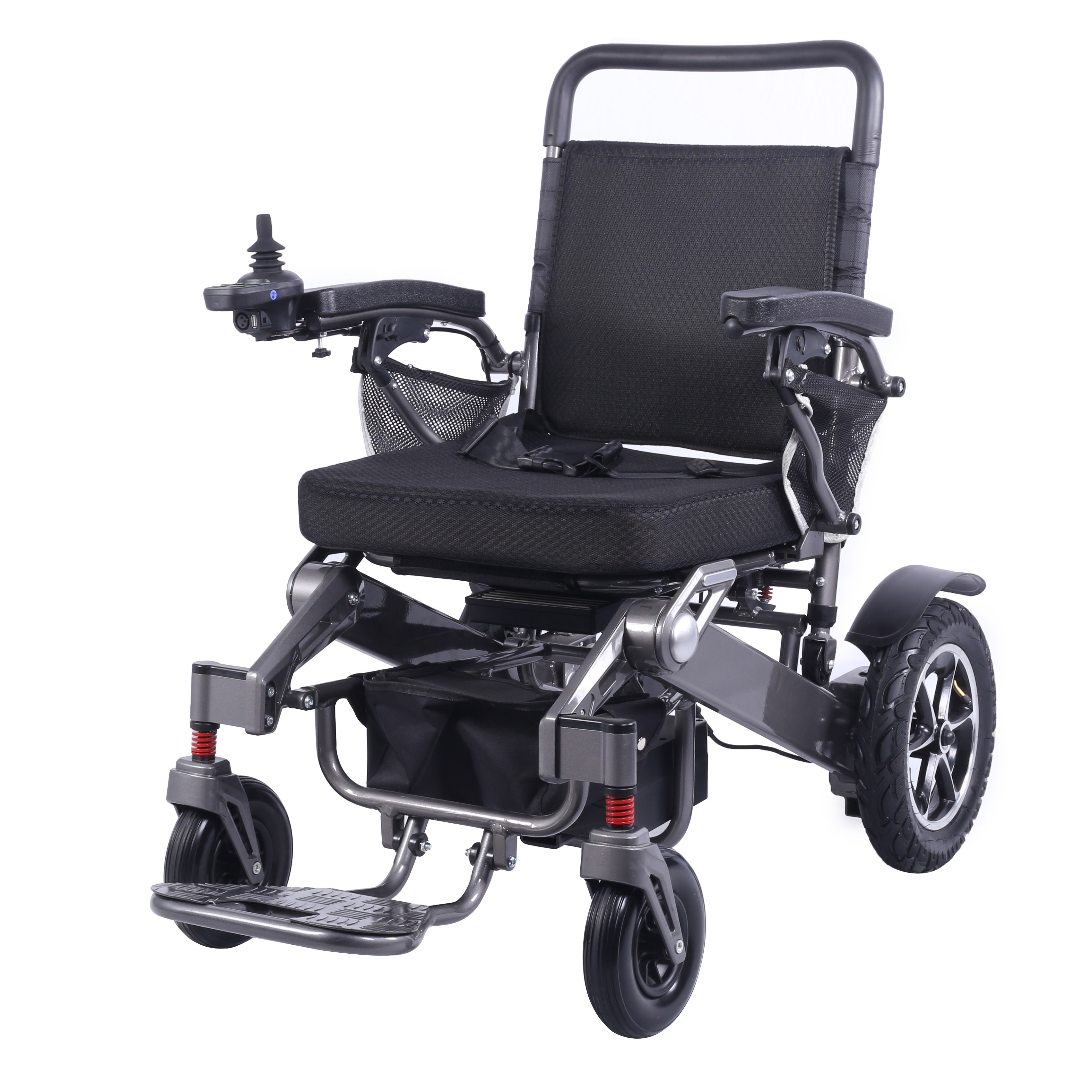
1. Worn, damaged or unsuitable upholstery
Some wheelchair users require additional padding or cushioning materials to provide a higher level of support and comfort for their specific needs. If the upholstery on your wheelchair has suffered damage or has become severely worn, this vital support will not be as effective as it needs to be.
You can easily solve this problem by talking to a professional wheelchair service provider who can help you find the right solution for you. Whether it's recommending more appropriate cushioning or padding, or working to fix your wheelchair's upholstery, this issue should be corrected quickly before it becomes a serious, long-term problem.
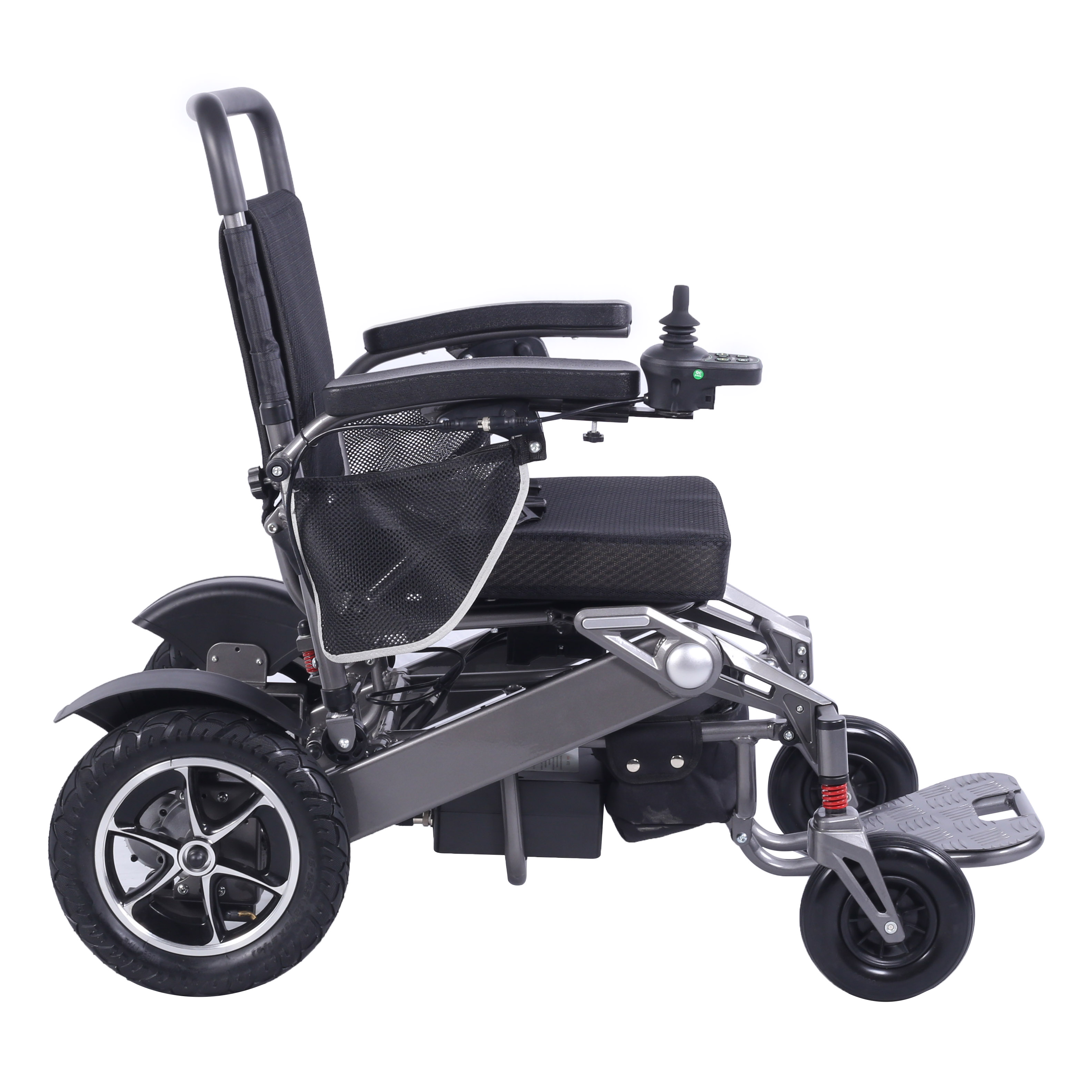
2. Unlocking/locking clutch lever
The freewheel levers on the back of your power wheelchair are a useful tool, but some wheelchair users may not know how they operate. The one-way clutch lever allows you to switch the operation of your wheelchair from electric to manual and vice versa, which comes in handy in the event that the batteries run out or you'd rather use your wheelchair manually.
You may find that your motor becomes unresponsive, and while this may seem like a serious fault, it is possible that your clutch lever has been moved to the unlocked position. This disconnects the motor and means you can only move the wheelchair manually.
Check to see if the lever has been moved to the wrong position and return it to the locked position to restore motorized function.
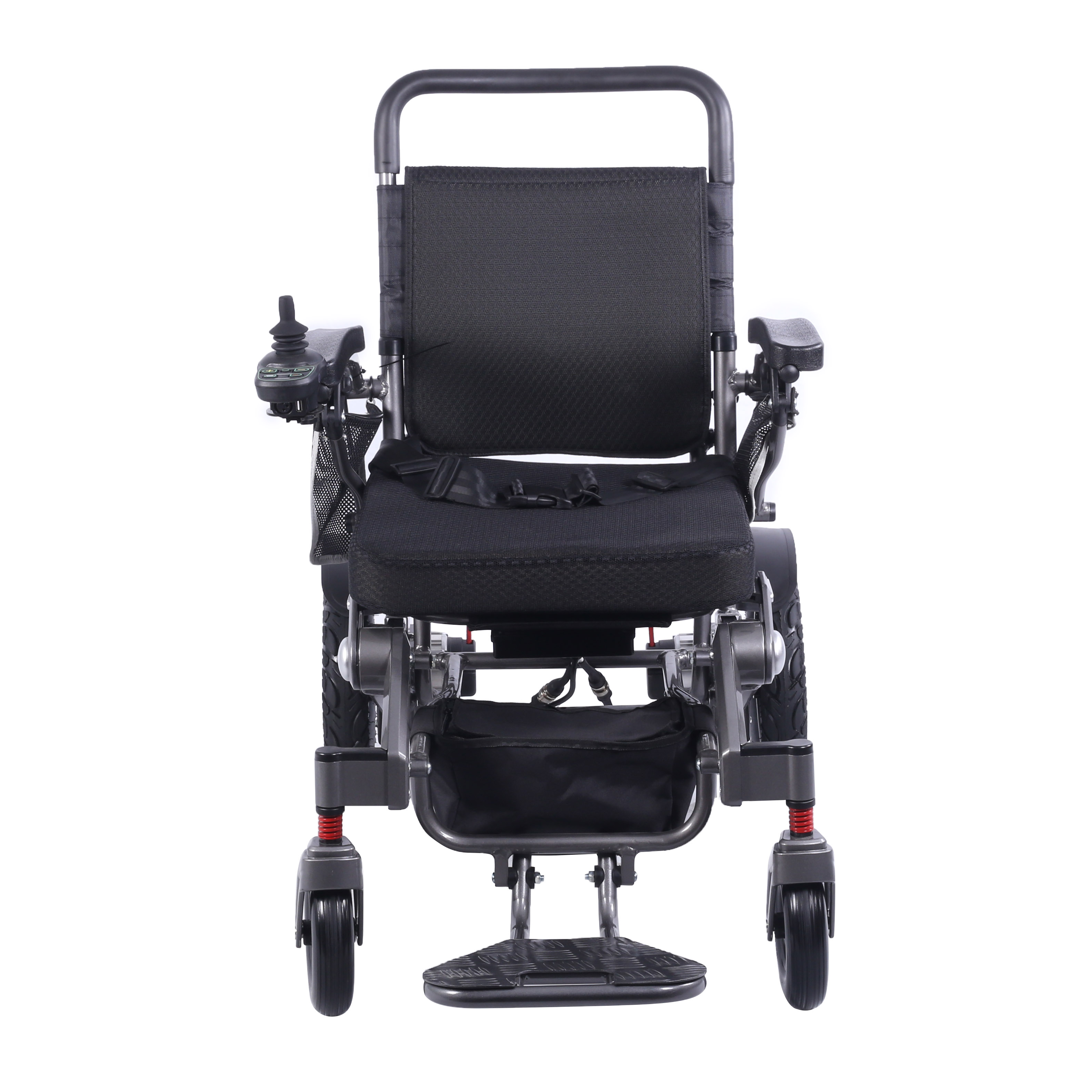
3. Battery problems
Electric wheelchairs rely on battery power
to operate, and while this is usually reliable, battery problems are not uncommon. It may be as simple as needing to be recharged, or the battery may simply no longer hold a charge and need to be replaced. Often, batteries will simply deteriorate over time, with reduced performance not being noticeable for at least a year, if not longer, depending on your usage patterns. Once your battery starts to interfere with the way you use your wheelchair on a daily basis, it's time to consider replacing it.
If your battery is wearing out too quickly, there may be an internal problem that needs to be checked out by a professional. The best course of action here is probably to replace it, and if you think your battery is starting to fail or is malfunctioning, it's worth seeking expert advice immediately.
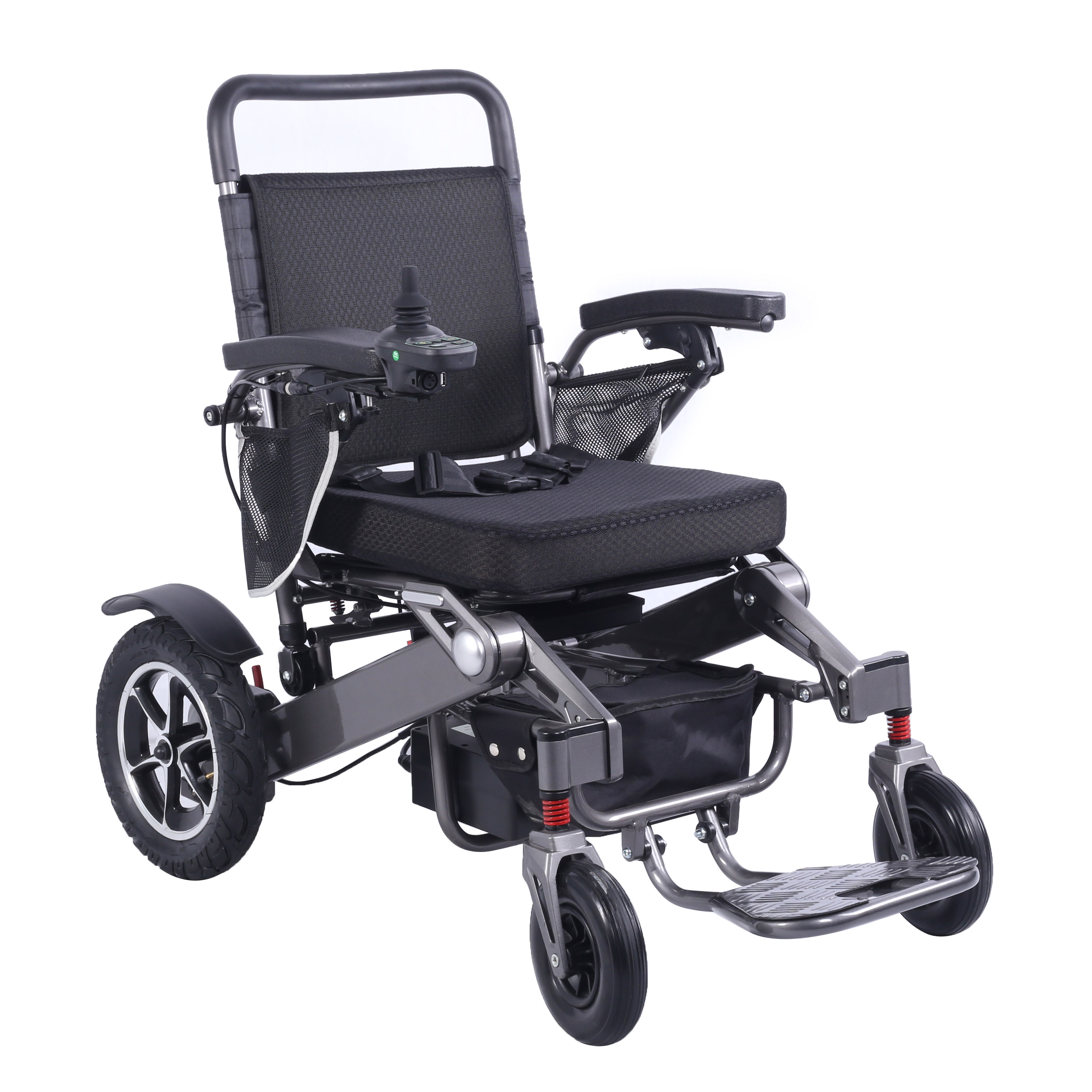
4. Replacement parts
The longer you use your wheelchair, the more likely you are to have to replace damaged or worn parts. Wheels, caster forks, and joystick controls are all aspects of your wheelchair that can suffer damage or accelerated wear and tear.
If you find it more difficult to maintain control of your wheelchair, it is likely that the damage is caused by bumps or collisions. For example, your caster forks may have become loose, or your wheels may be slightly bent and need to be replaced or repaired. Less responsive controls are not only frustrating, but also dangerous. Just like a car, a broken wheelchair component puts the user out of control, and the longer you use it, the more dangerous it becomes.
A healthy brake system is especially important, and any signs of damage or malfunction should be inspected and repaired, or replaced as necessary, as soon as they are noticed. When it comes to finding replacement parts, make sure you use a trusted supplier that can help you find the right parts for your particular make and model of wheelchair.
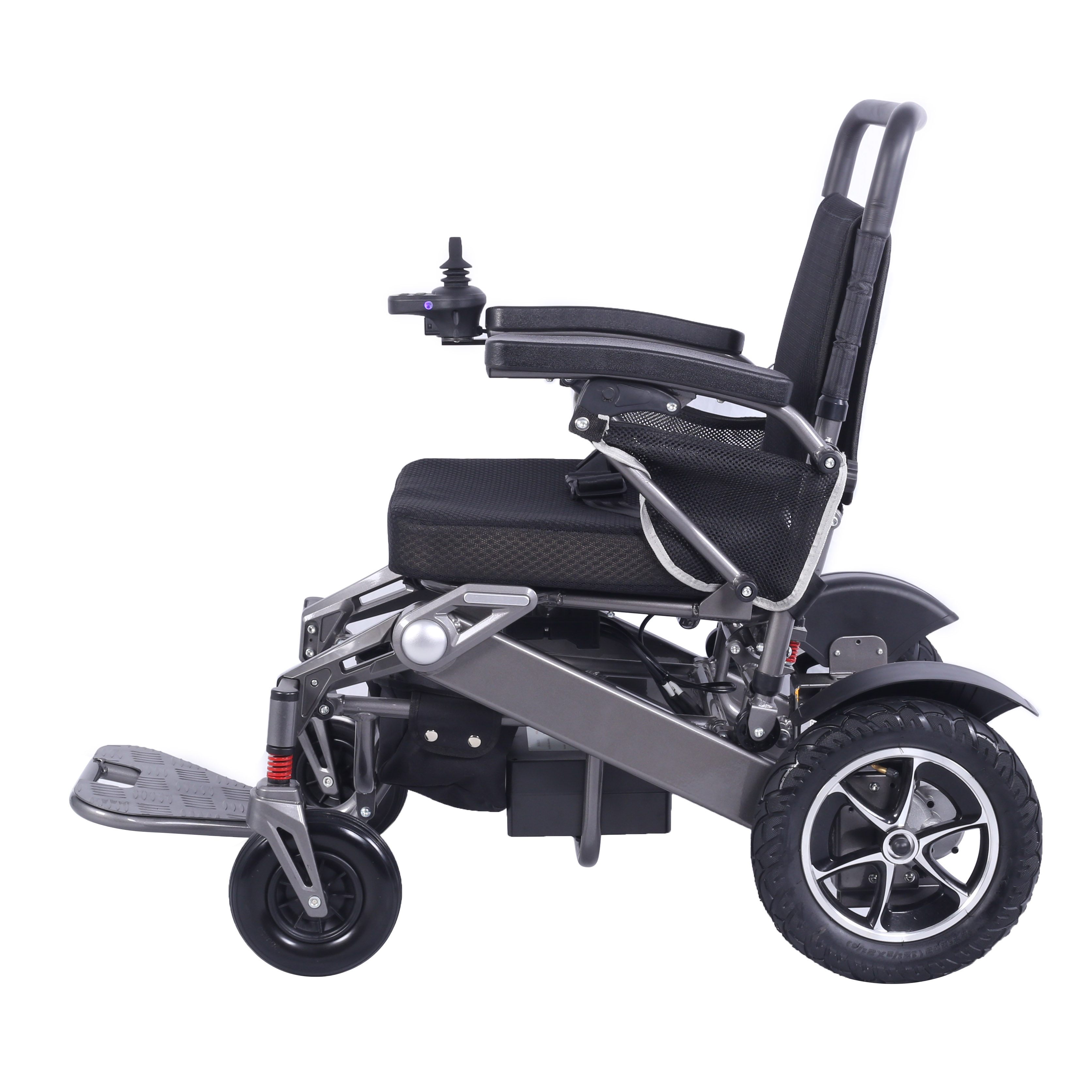
5. Electrical Failures
Electric wheelchairs are often plagued by electrical problems. Connections may come loose, responsiveness may be unpredictable, and your wheelchair may not work properly at all. If your batteries are fully charged and the clutch lever is in the locked position, but you still can't get your wheelchair to move, it's likely an internal electrical fault.
The joystick may have lost its connection to the motor and no longer has any effect when you try to move it. Electrical failures can be a long-term problem or just a one-time failure caused by a violent vibration or collision.
For electrical faults, it is advisable to get in touch with a professional wheelchair repair department. They will be able to show you how to perform a simple step-by-step check or will come out to do so.









